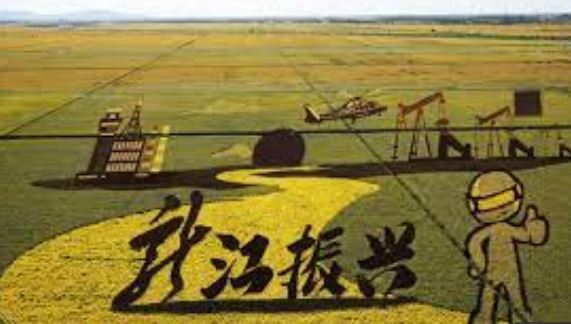BEIJING, Sept. 11 (DNA): “Pakistan’s contribution to climate change is less than one percent, but it is among the top ten countries most affected by climate change,” said Naseem ur Rehman, secretary at Pakistan’s Environment Commission, in an interview with China Economic Net (CEN).
Regarding how climate changes affect Pakistan, he told CEN that there was a set pattern of fog four or five years ago. It used to happen from Dec. 21 and last a period of time until Jan. 10. However, due to climate changes, the same fog came in the first week of Nov., and its arrival caused smog.
“Where it used to be very cold, the weather has changed and it has started to get hot; where it was hot, the weather has become more severe,” he said, adding that “recently, there are heavy floods.”
Official figures released on Sept 6 showed that the death toll in Pakistan from this season’s monsoon rains and floods that started in mid-June has risen to 1,325 with 12,703 injuries.
Multiple factors have been affecting the environment. Pakistan is a forest poor country. “The international standard is that 25% of the area should be covered by forests, but our forest (coverage) are less than 5%,” he said, adding that “old-technology power plants are running in the power sector, and stubble burning comes in winter.”
However, “be it transport sector or any other industrial sector, efforts are being made everywhere to bring about green revolution by introducing environment-friendly technologies,” he noted.
In the past, two-stroke engines used to drive rickshaws and there were no emission control systems. Brick kilns used to emit black smoke, he said.
“Two-stroke engine rickshaw is now replaced by four-stroke engine rickshaw. Similarly, in the transport sector, no vehicle, from bus to car, imported or manufactured in Pakistan, is not of Euro standard,” he added.
Currently, control systems and treatment plants are being installed in industries, and zigzag technology has been introduced for brick kiln as its combustion system has improved, he told CEN.
Apart from improvement in industrial sectors, there are some soft solutions as well, such as trees. “For many years, all the departments and all the industries have been told to plant trees,” he said, adding that “our main issue right now regarding the environment is that our particulate matter level is rising, exceeding the international quality standards.
So, the only way to control it is that we control industrial emissions or kiln emissions or vehicle emissions, and the infrastructure we have should be state-of-the-art, and good sanitation system should be in place.”
Fossil fuels, such as coal, oil and gas, are by far the largest contributors to climate change. Regarding this, he mentioned something different about coal. “If engine technologies are good, emissions will be lower even with fuel like diesel, as I said the emission of Euro 2 standard diesel engine bus is the same as CNG bus emission, though fuel is different,” he said, adding that “it is our wish that we move towards e-vehicles. If there are electric vehicles, they will be more environment-friendly.”
On collaboration between China and Pakistan in improving the environment, he referred to the state-of-the-art Orange Line project. “There cannot be a better and more ideal transportation system. Due to this, thousands of old and diesel vehicles, wagons and buses will be replaced.
Those who used to travel in a motorcycle rickshaw now travel in an air-conditioned electric train, which has no negative impact on the environment,” he said.
As it is highly vulnerable to climate change impacts, stemming from its dependency on climate-sensitive sectors, such as agriculture and water, Pakistan has officially begun the process of creating a National Adaptation Plan for building resilience to climate change. “The trend now is for improvement,” he said.











